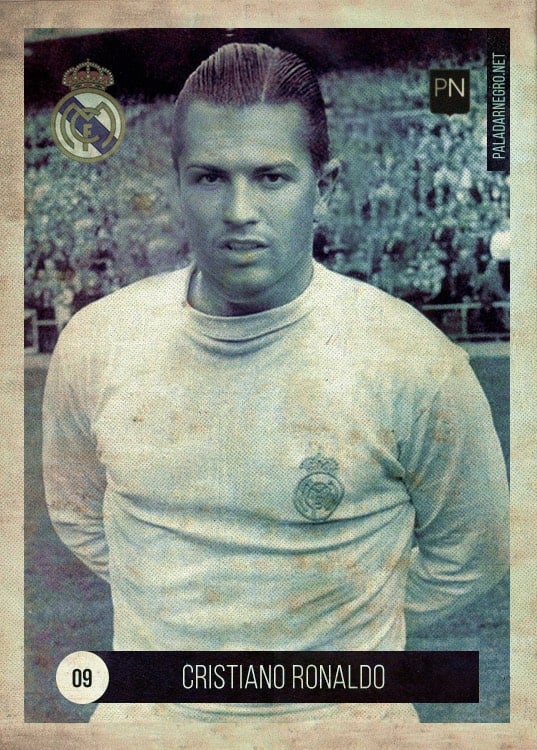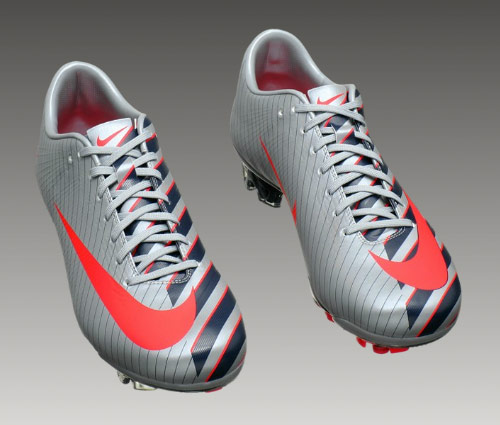Sports superstars are staying superstars longer than ever before. Sure, there have been outliers before (Kareem Abdul-Jabbar, Ted Williams) but increasingly the best players in the major sports are veterans fighting off the ravages of time: Tom Brady, Roger Federer, Cristiano Ronaldo, Gianluigi Buffon, Zlatan Ibrahimovic, Aaron Rodgers, etc.
When players perform at such a high level for so long, we no longer get sick of them. Instead, they become such an ever-present part of sports culture that many of us can’t help but love them. Buffon was launched to superstardom in 2006, when, perhaps already the best goalkeeper in the world, he was one of the faces of a then-unlikable Italian team that controversially made their way to winning the World Cup. Now he probably has a near-100-percent approval rating — still saving enough shots, winning enough games and doing enough stunts to earn it. Ronaldo became a worldwide name after replacing Beckham in the no. 7 shirt for Manchester United and doing a bunch of stepovers. He was unpopular with a segment of English fans for his entire stay in the Premier League; they viewed him as having an overly precious playing style in a game that was supposed to be anything but. Even upon his 2009 departure to Madrid, which came after he delivered every major trophy to Manchester, Ronaldo was mocked for, as this Telegraph headline put it, being a preening peacock: England would miss his footballing talents but not “the theatrics, the astonishing self-regard.”
But if you hang around long enough, you begin to earn a grudging respect from everyone who isn’t a Barcelona fan. If you have closely watched the last decade-plus of Ronaldo, Buffon, Messi, and Zlatan and not seen a play in which you learned to love them, then you haven’t really watched them.
Interesting observation, but I would have liked to read more about why…the piece only quickly mentions “modern training methods [and] technology”. Training and technology have made it possible to blend the energy & power of youth with the wisdom gained through experience, and it’s a potent combination.
P.S. A round of applause for writer Kevin Clark for the line: “It is possible that Ronaldo cannot pass the Turing test.”
If you want to see what Leo Messi, Cristiano Ronaldo, and Neymar might have looked like if they played in the 1950s/60s, Paladar Negro photoshopped some Barcelona & Real Madrid players onto old timey trading cards.


They previously did a similar project with Argentinian players…this one of Angel Di Maria is amazing:

(via @craigpatik)
“Bend it like Beckham” has given way to “knuckle it like Ronaldo” in European football. During free kicks, players like Real Madrid’s Cristiano Ronaldo and Tottenham’s Gareth Bale put little or no spin on the ball, which tends to give it the unpredictable movement of a knuckleball in baseball. Bale recently explained his technique:
So where does the ‘knuckling’ effect come in?
Well, as we’ve said, if the ball is struck without spin, it is more susceptible to movement as it flies through the air.
If there are imperfections on the ball, such as specks of mud or grass, then random movement is more likely. Bale would be well served to rub the ball around in the grass as he places it.
Even the seams of the ball’s panels can generate a degree of unpredictable movement.
Bale is not the first exponent of ‘knuckleball’ in the game, of course. Ronaldo has a subtle variation that has wowed fans the world over, while the former Lyon player Juninho Pernambucano did much to perfect the style in the noughties.
YouTube is crap for finding good soccer highlights in HD (FIFA, the European leagues, and their broadcast partners are fanatic about yanking footage) so there’s not a great view of Bale’s technique, but you can kind of see it in this video of his two goals against Lyon earlier this year. The knuckler is also in evidence in this Ronaldo compilation, particularly with goals #7 and #3. Especially #7…Ronaldo hits it right at the keeper, who looks completely baffled by the speed and movement of the ball.
Nike has designed a soccer shoe for Real Madrid’s Cristiano Ronaldo that uses a striped pattern on one side of the shoe designed to confuse opponents as to which way Ronaldo might be moving his feet.

The cleats look remarkably different from each side of Ronaldo. From the right, they have a clean look with pinstripes. From the left, though, there are thick stripes with a red accent line. Furthermore, the asymmetrical design makes a defender’s judgment that much harder, as the visual effect of Ronaldo turning his foot in one direction may not come across exactly the same as reality.
Reminds me of the dazzle camouflage used on military ships in WWI and WWII.









Stay Connected